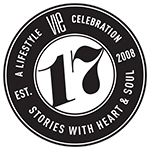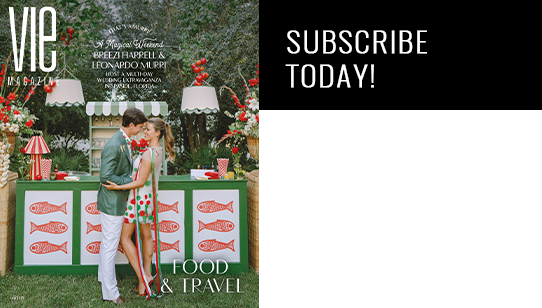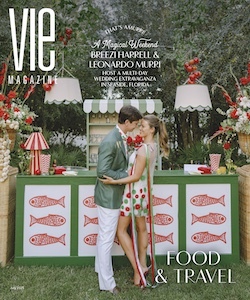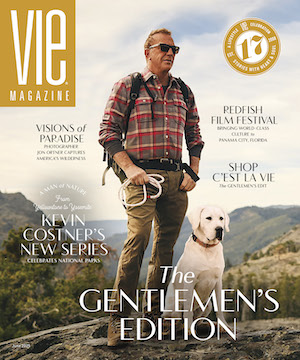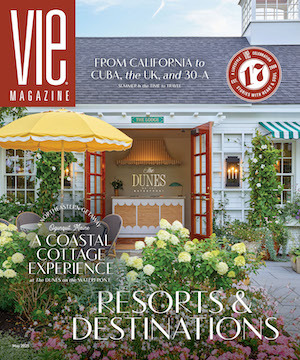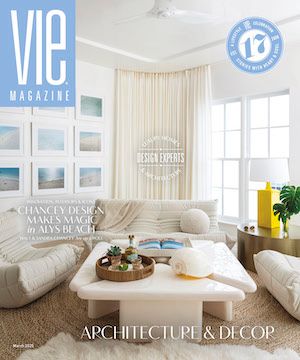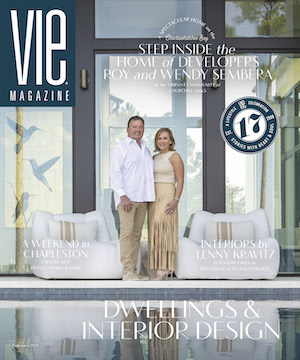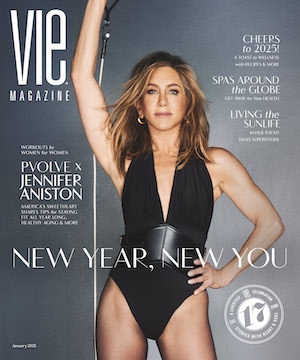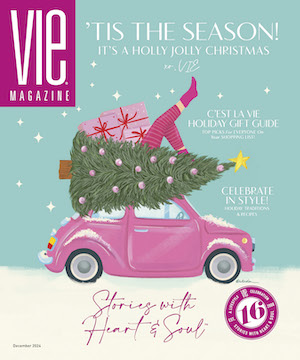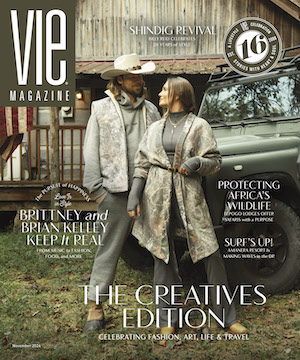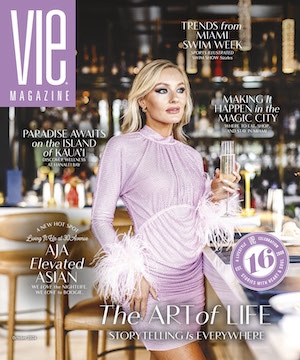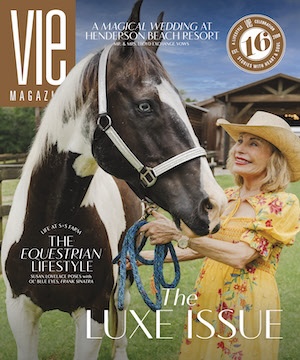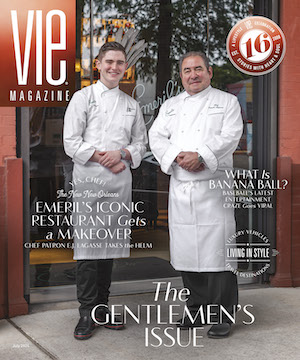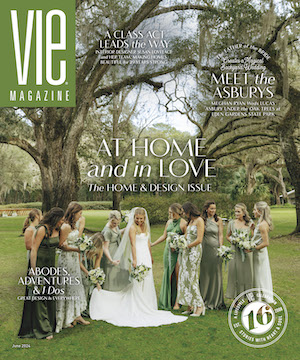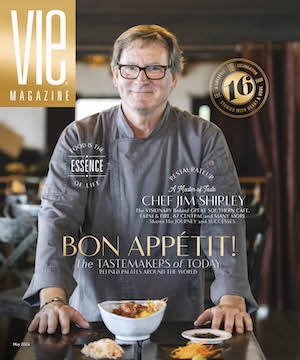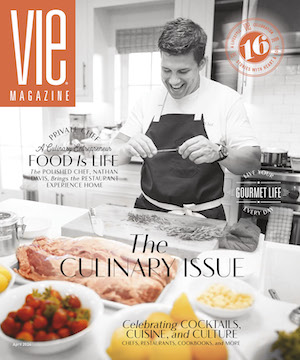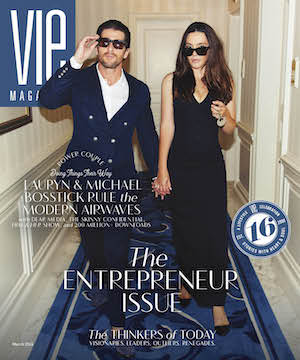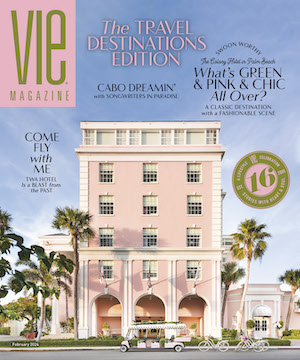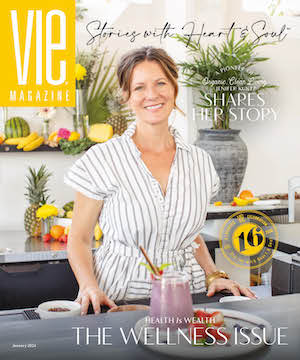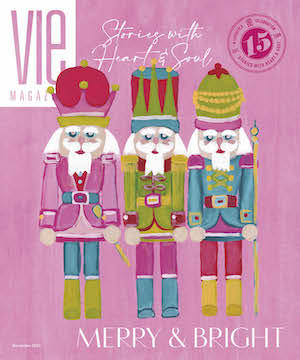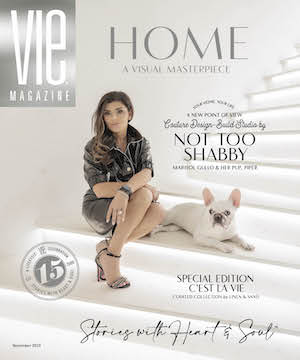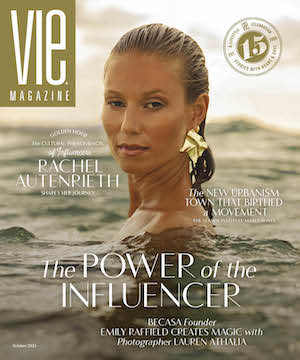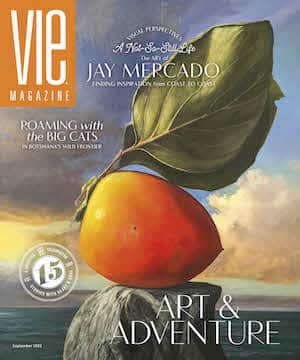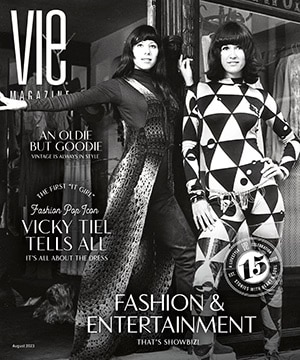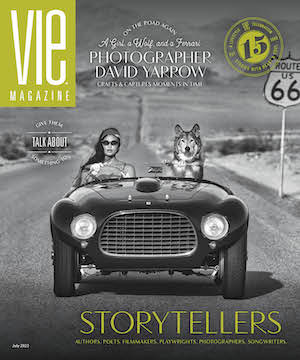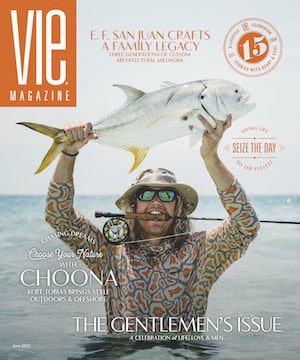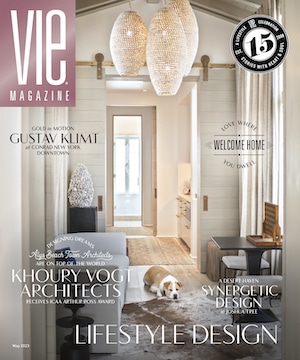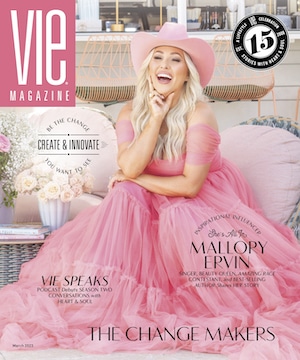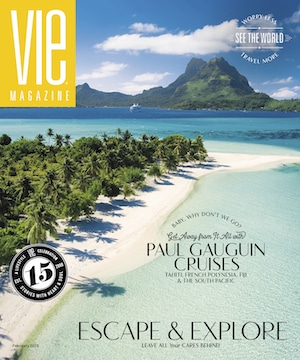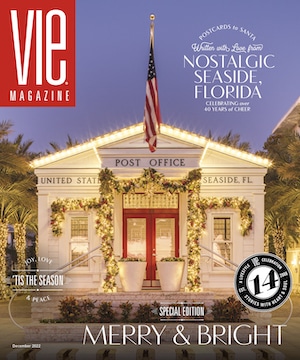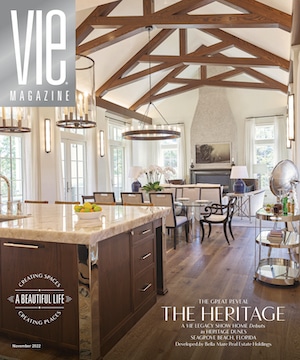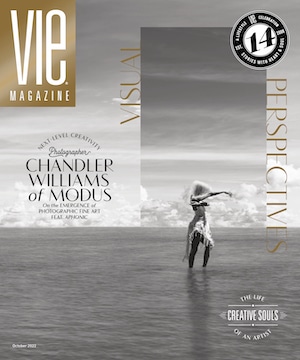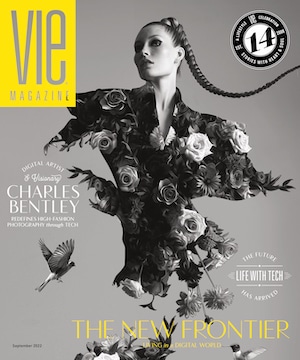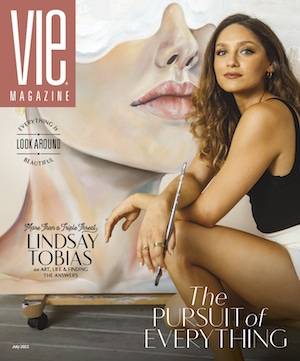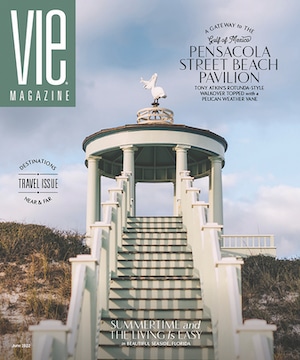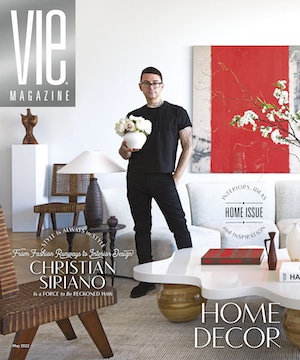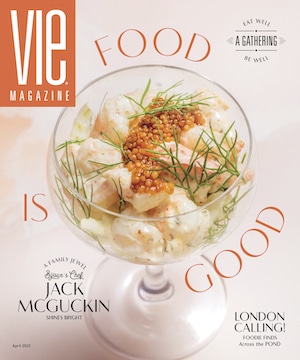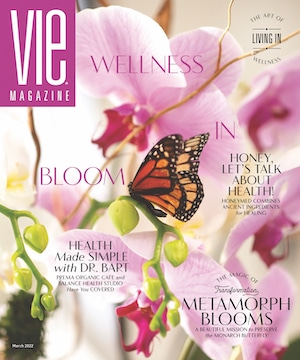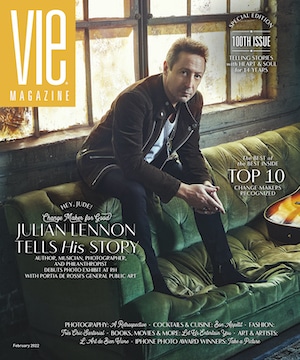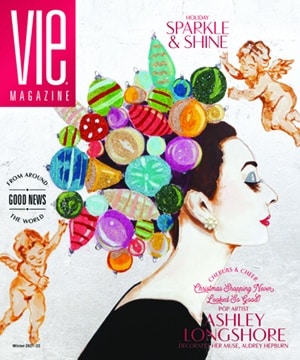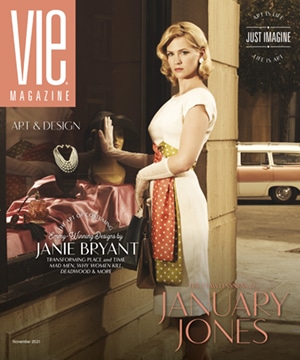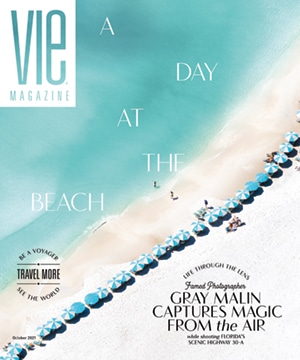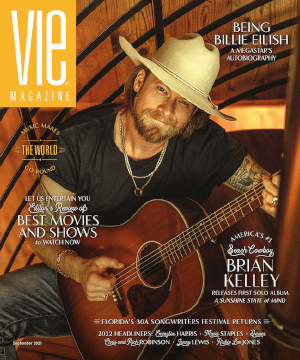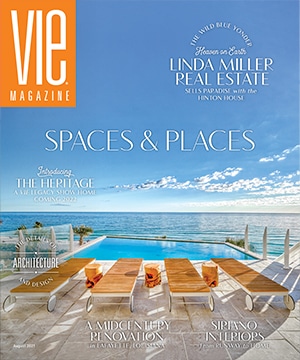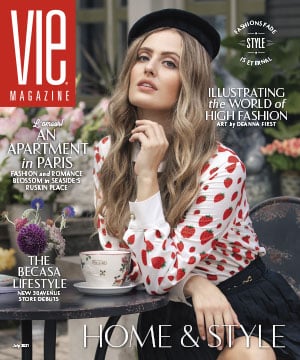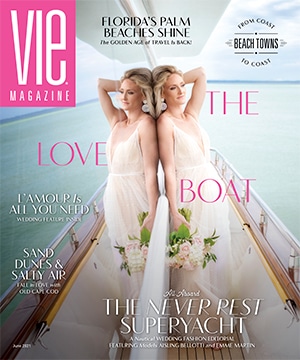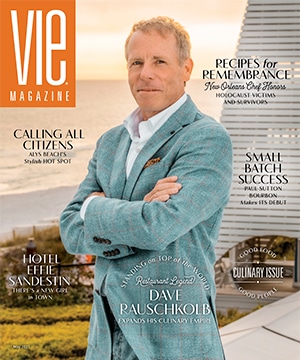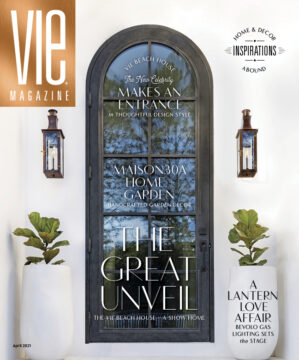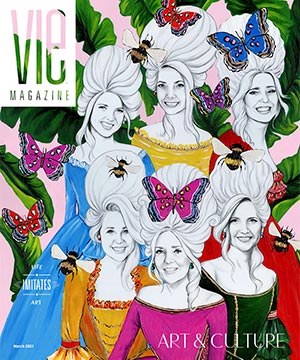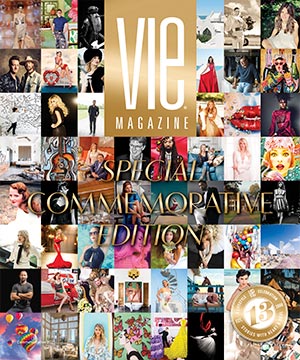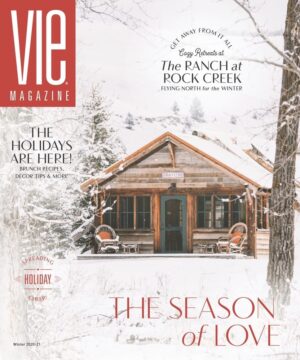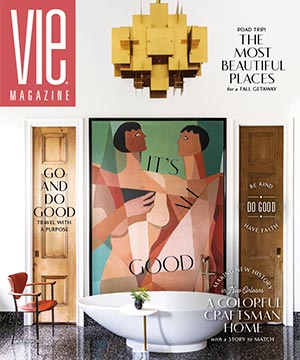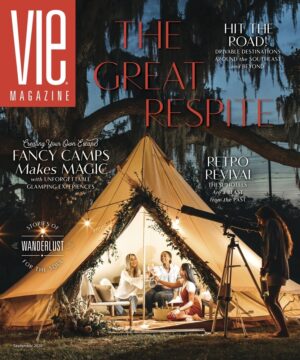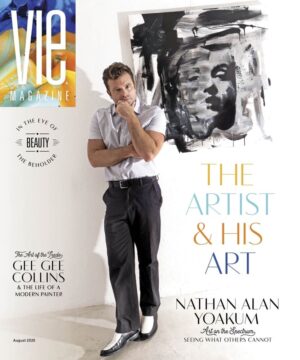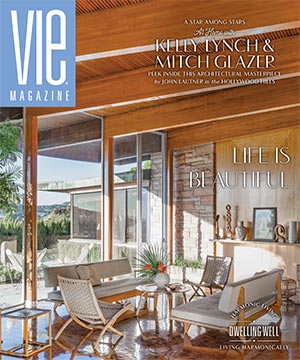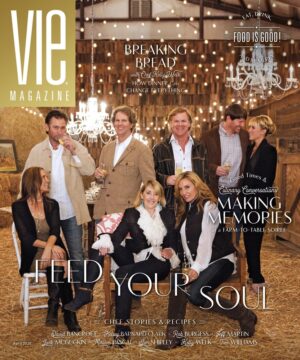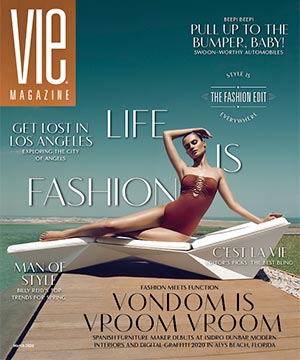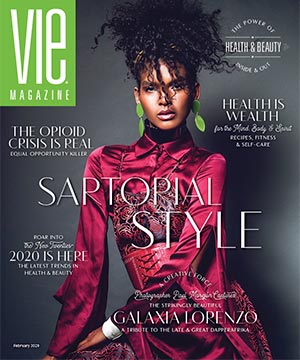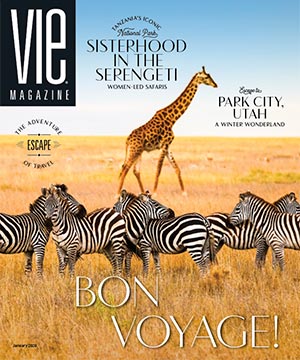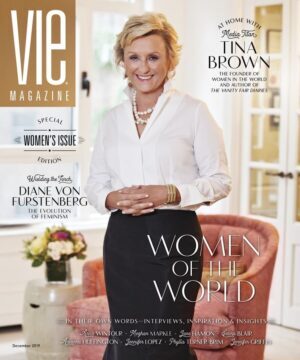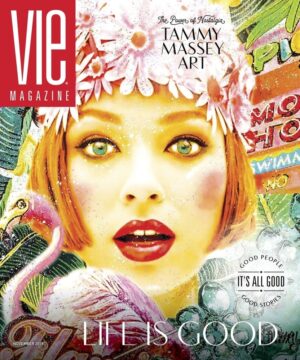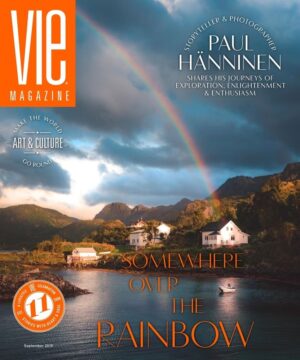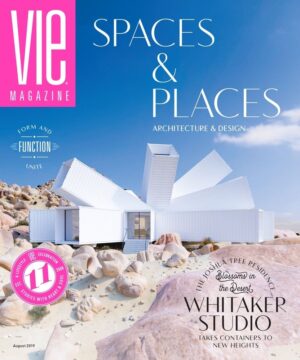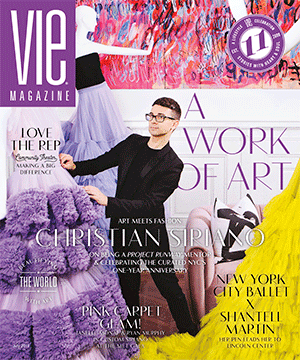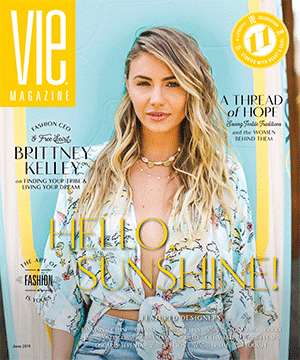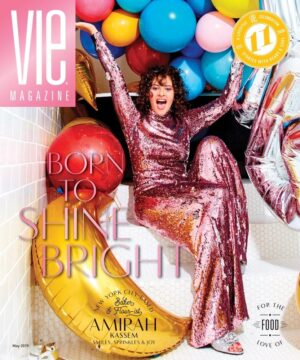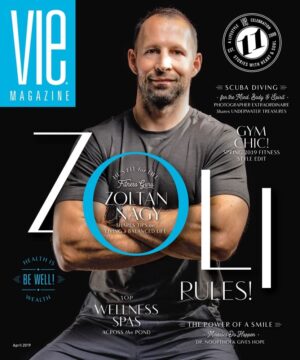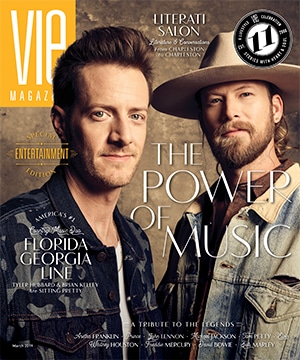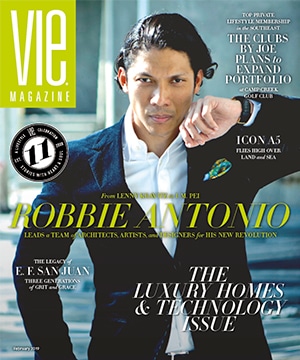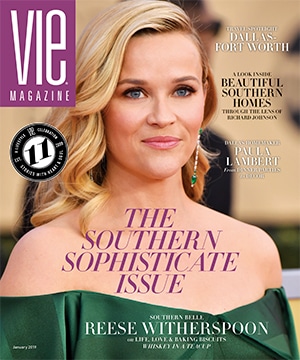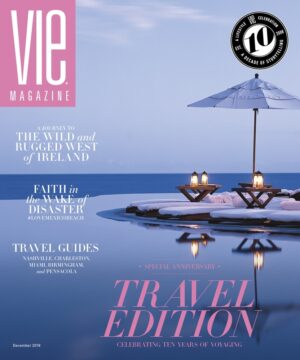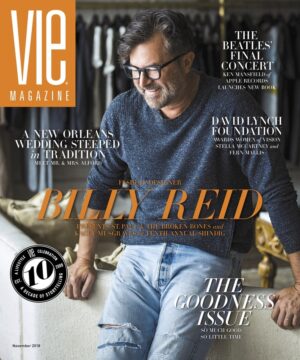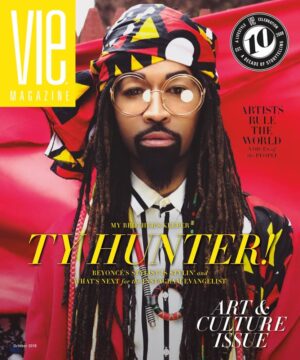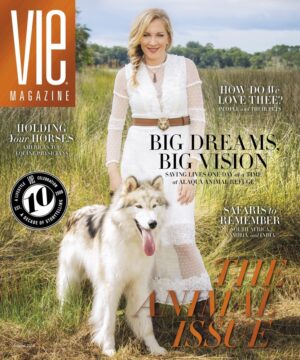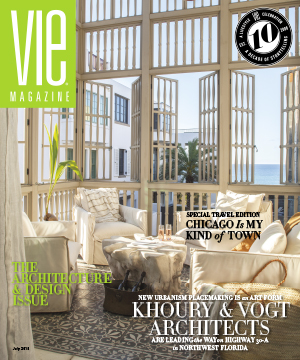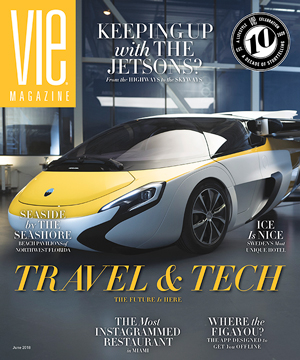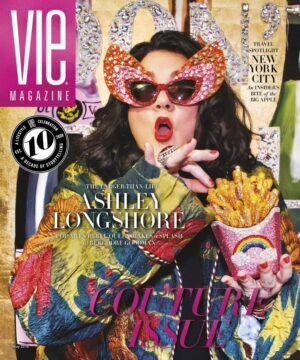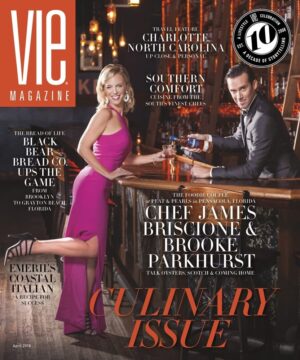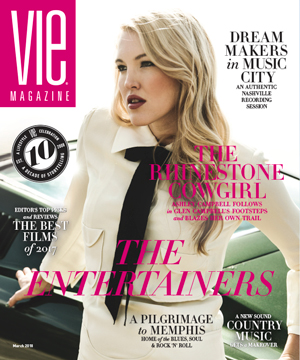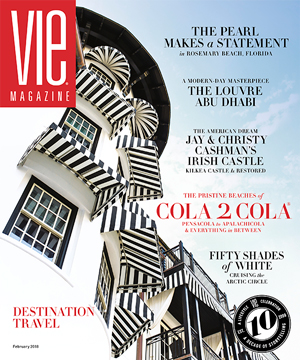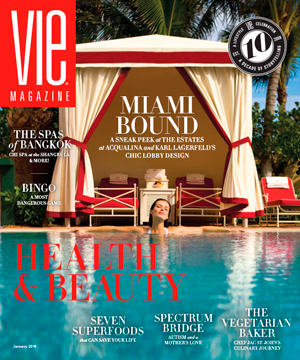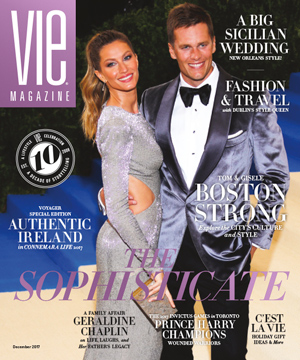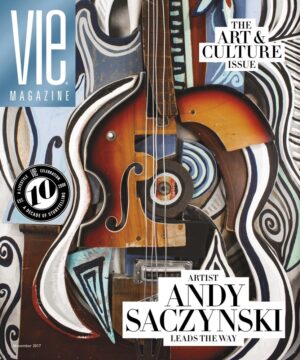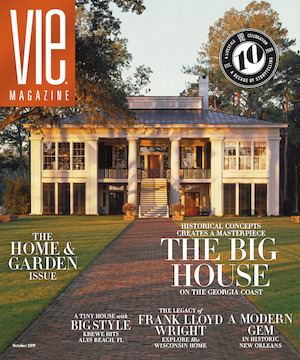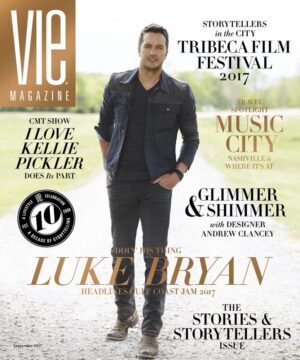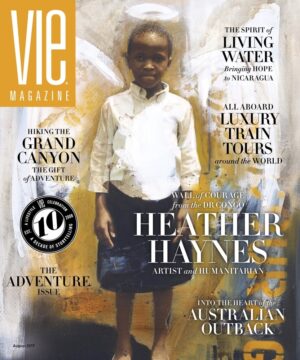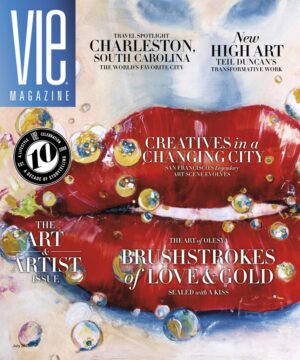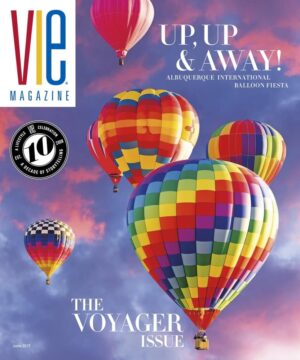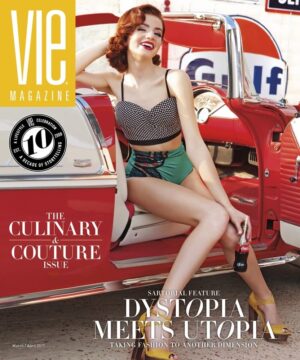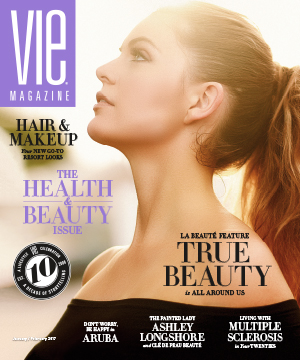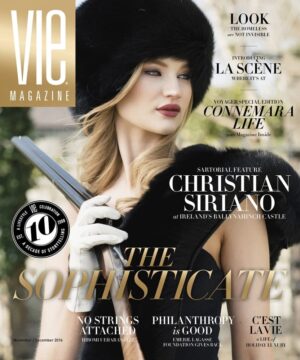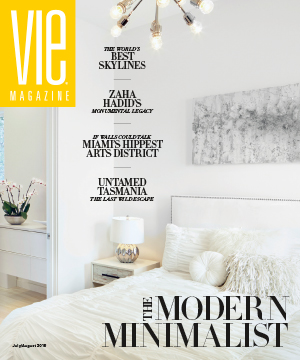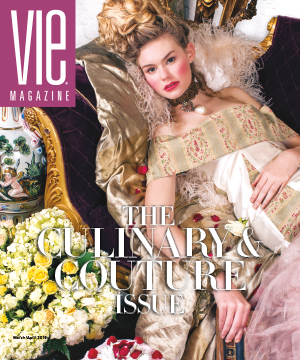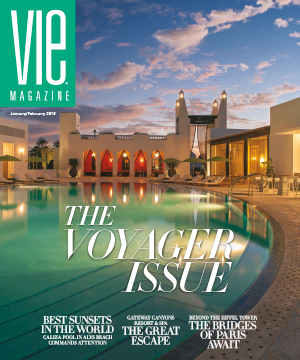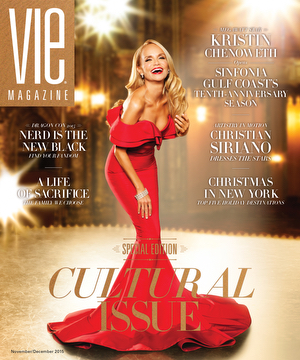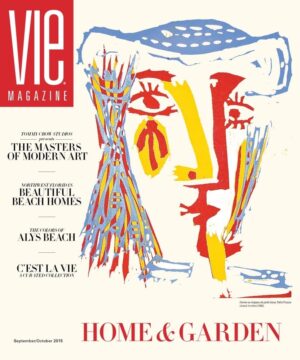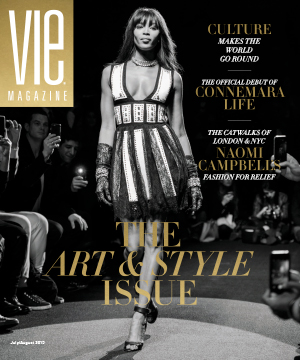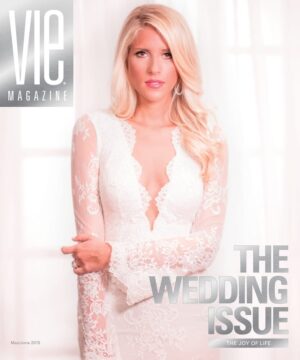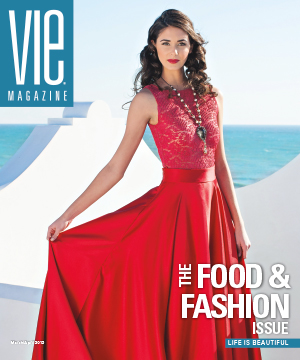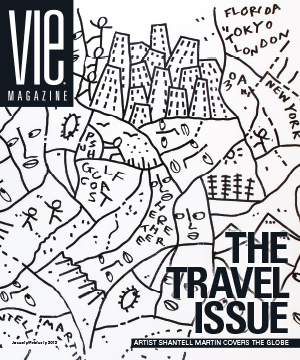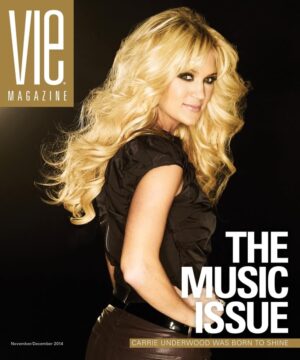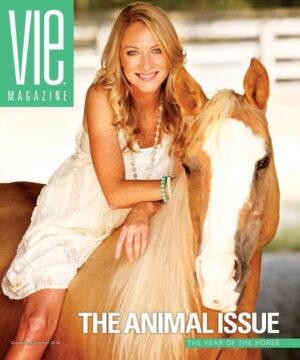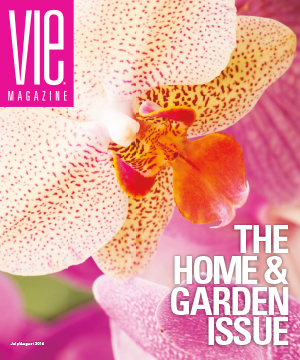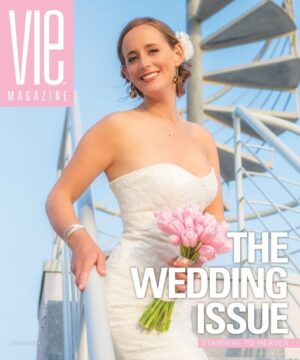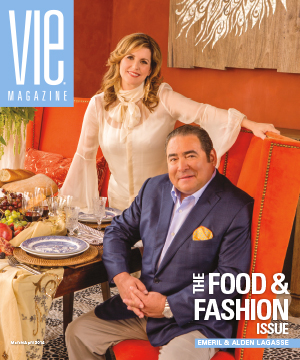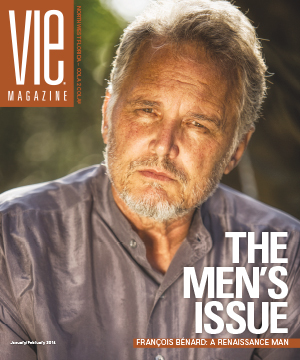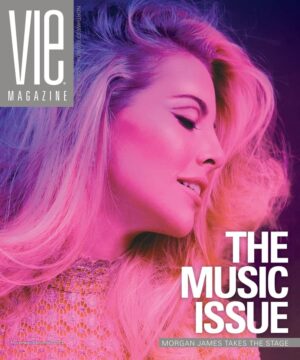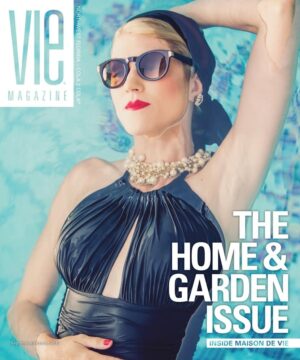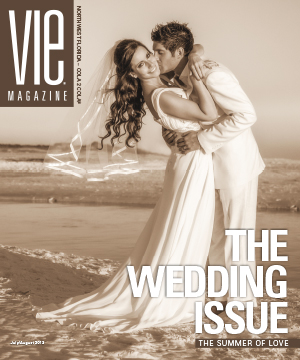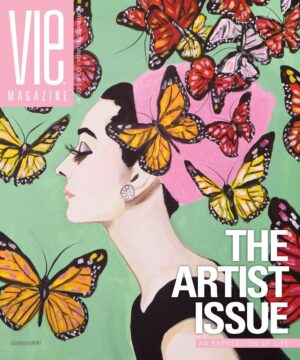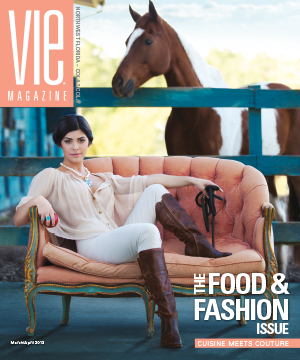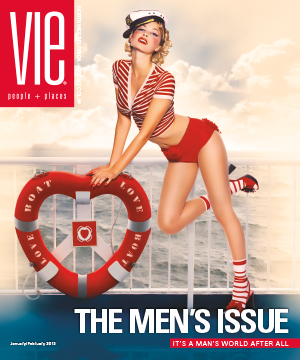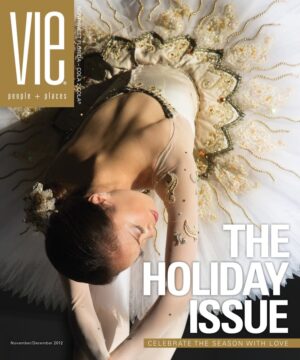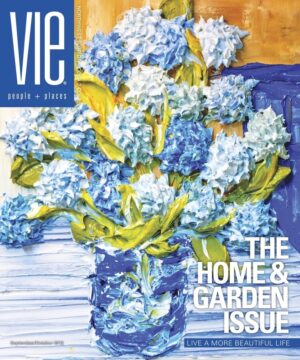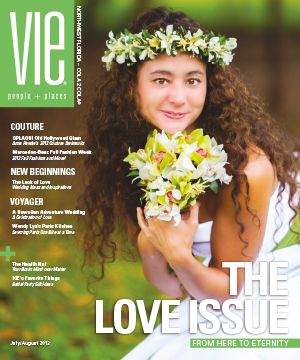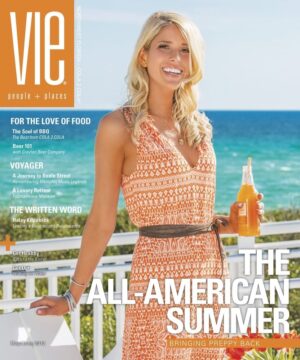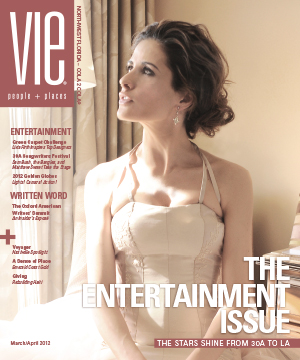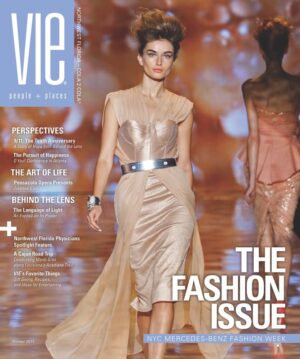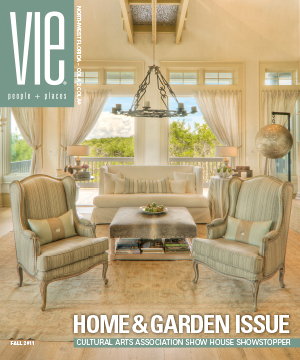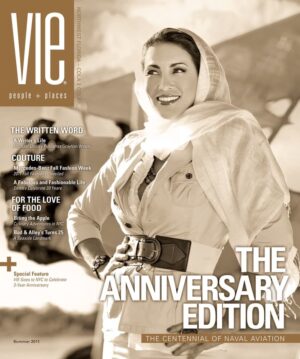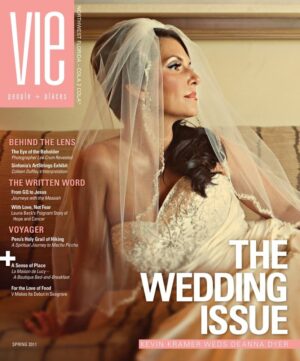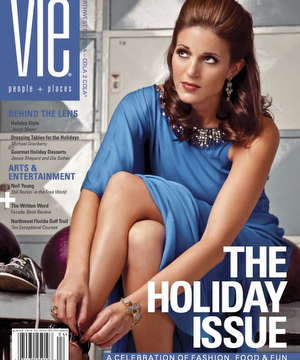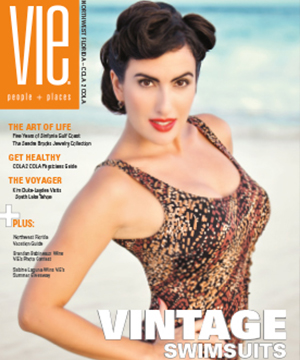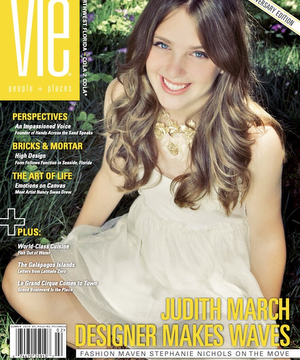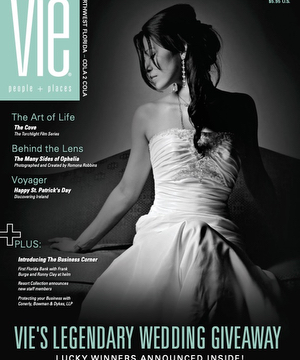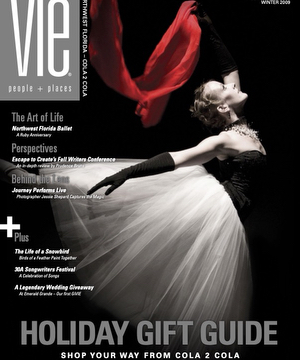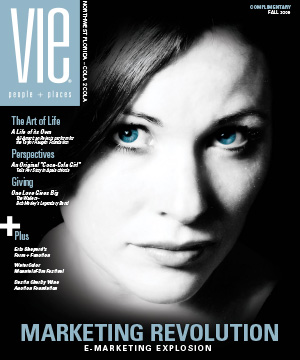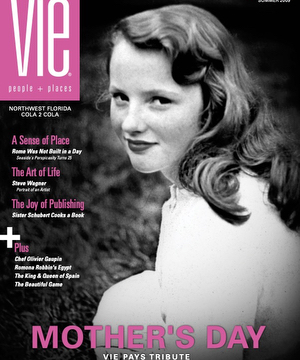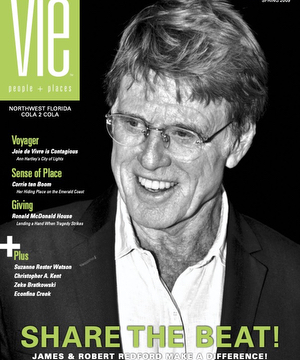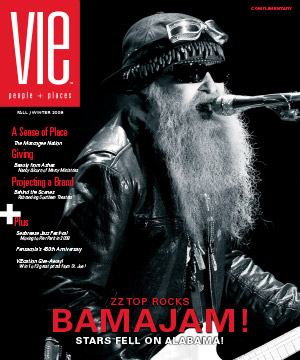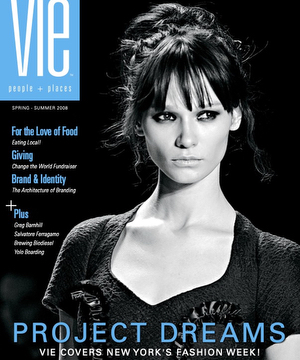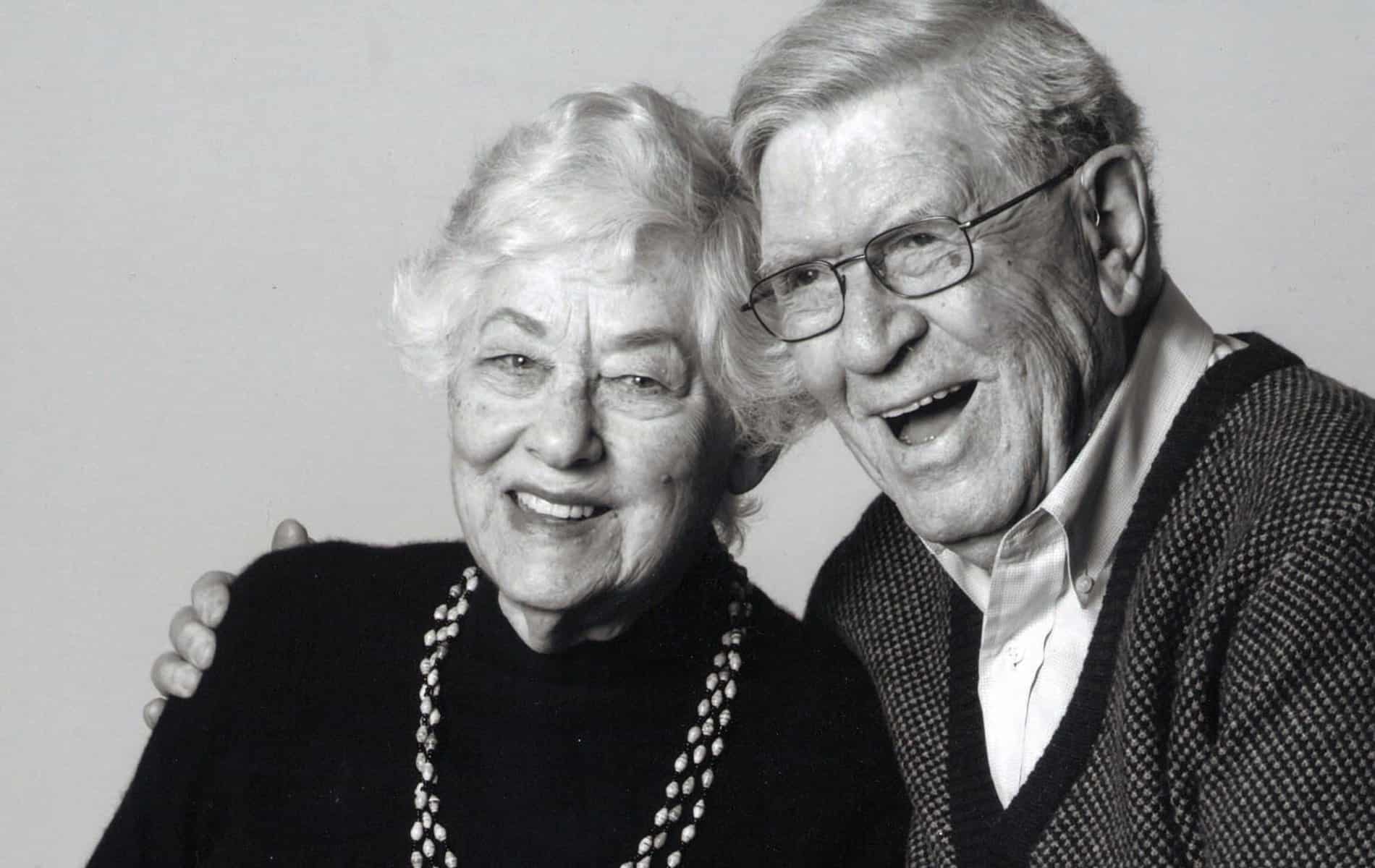
vie-magazine-leibmanns-story-hero-min
A recent portrait of Hanne and Max Leibmann | Photo courtesy of Kupferberg Holocaust Center at Queensborough Community College CUNY
Love Will Survive
By Anthea Gerrie
It was a bag made for the best of times—the little tan leather satchel an aunt from Prague sent to her fifteen-year-old niece in Germany. But it saw young Hanne Liebmann through the worst of times, traveling from her childhood home to the French concentration camp to which she was deported. Later, the bag played a vital role in her escape from the Nazis as it held the false papers that helped Hanne ride the train to a safe haven in Switzerland. Now, the little bag she has kept safe for nearly eighty years has also seen her through a marriage that has already lasted longer than a lifetime.
After making its final journey to New York, the satchel sat in a closet for sixty-five years before being dusted off and lent to the Kupferberg Holocaust Center, close to the home in Queens that Hanne shares with her husband of seventy-three years, Max. There, at a college where she still volunteers, the story is currently being told of the brave Huguenots in the tiny hamlet of Le Chambon-sur-Lignon who saved the lives of the Liebmanns and thousands of French Jews and other refugees trapped under Nazi occupation during World War II.
“The people of Le Chambon were outstanding, risking their lives for strangers and saving so many,” says Hanne of the village near Lyon where she was transferred from the camp in Gurs near the Pyrenees. A third of the eighteen thousand Jews interned at Gurs were later shipped to death camps; however, for Hanne and a shy young musician called Max, the grim venue was the unlikely starting place for a lifelong romance.
“The conditions were horrible, but we did have a cultural life, and although we all looked like skeletons, there was a certain attraction,” explains Hanne, now ninety-three years old. She recalls being introduced to the gawky young cellist by his mother, Jeanne, a rare treat in a camp where the sexes were segregated. “We worked together in the office of the women’s block, where Max was allowed to come in to see her.”
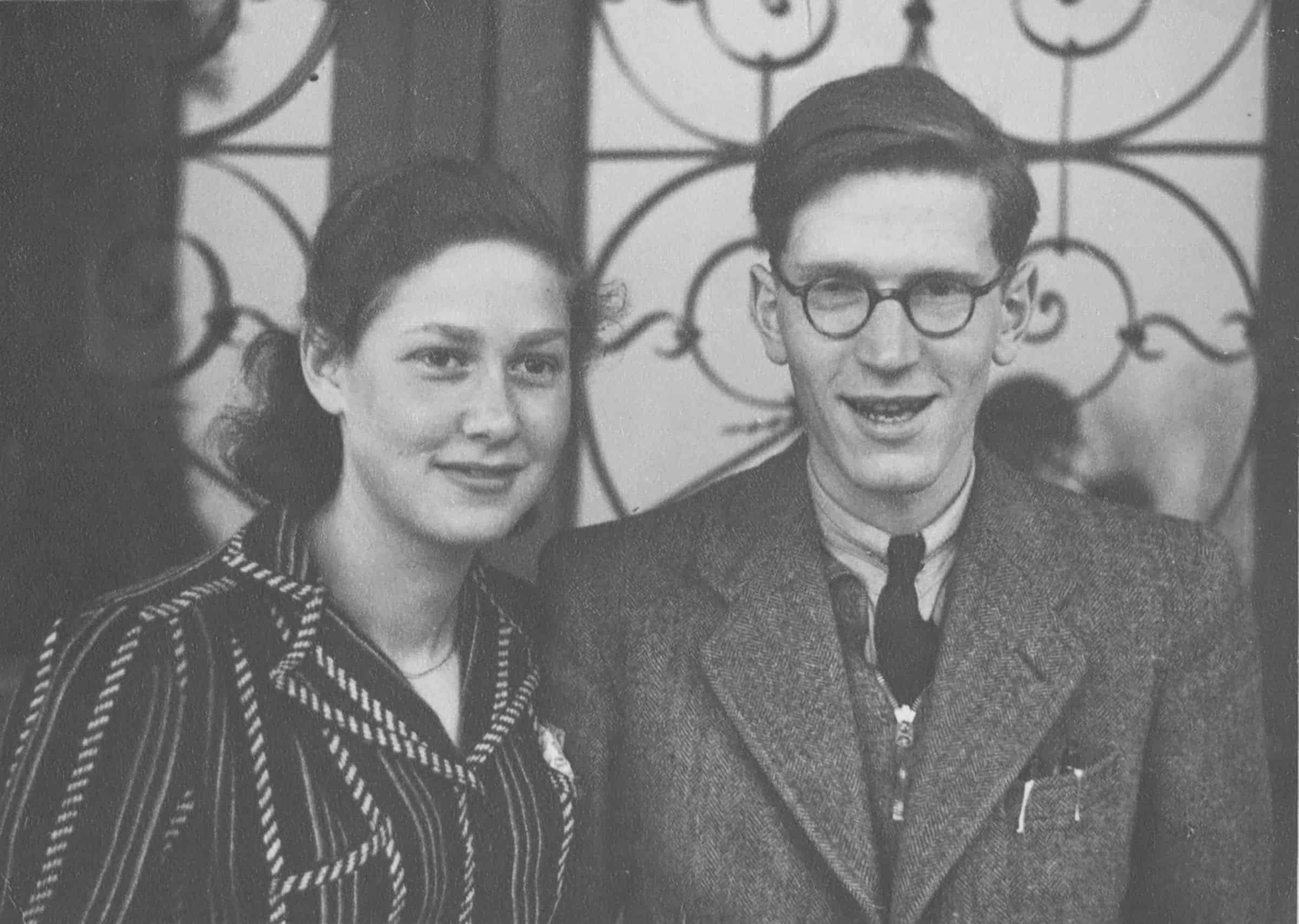
A portrait of Hanne and Max Liebmann taken in the 1940s after the pair escaped the Holocaust to Switzerland via Le Chambon-sur-Lignon, France | Photo courtesy the private collection of Hanne and Max Liebmann
The two families had arrived from Germany in October of 1940 with six thousand other German Jews, and romance blossomed in the most unpromising of circumstances. “There was no privacy for dating, but we saw each other every day,” Hanne recalls. “Max was allowed unlimited tickets to visit other people because he was a musician.”
Within weeks, they had fallen in love, thanks to daily visits to a nearby Swiss Red Cross station where extra rations were doled out to the young and undernourished. “Every day, Max would walk me up there and walk me back.” But soon the young lovebirds were separated, as the children’s aid society OSE started moving youngsters out of Gurs with their parents’ permission. “In September 1941, I was transferred to Le Chambon, but Max was not so lucky. In July 1942, he was sent to a Jewish boy scout camp where he was denied false papers offered to other boys because he was not religious.” Hanne found no such intolerance at Le Chambon, despite the fact it was a village founded by Huguenots. “All of us refugees were very warmly welcomed and protected,” she remembers, though she was warned to keep a low profile, hidden from visiting German soldiers by the farmer on whose property she was billeted.
Their early separation might have been the end of the relationship—or indeed of Max—had Hanne not made an extraordinary thousand-mile round trip from the safety of her hiding place as the net tightened around Jews throughout France. “A relative wrote to tell me my mother was ill, so I traveled back to Gurs to see her,” Hanne explains. It was a heartbreaking journey, but she knew she had to take it, whatever the risk. “I could not get into the camp, which was under lockdown, so we had to settle for a shouted exchange over several rows of barbed wire. She gave me motherly advice, but I can’t remember the exact words she used because the experience was so upsetting. Two days later, I saw her again in the freight yard where she was on a train waiting to be transported. She didn’t know where she was going, but she knew it wasn’t good, and she made it clear she was not coming back. It was the last time I saw her.”
Ella Hirsch intuitively knew the fate awaiting her; she was bound for Auschwitz, where she later perished.
Aware of the intensifying roundups, Hanne made a detour to Max’s scout camp—another dangerous trip she felt she had to risk—on her way back to safety. “I told him if he wanted to survive, he needed to get to Le Chambon, and soon.” He took heed and arrived soon after. “We were hidden separately by farmers, Max in a hayloft.” But after their brief reunion, the pair only saw each other once more before they made separate escapes to nearby Switzerland, vowing to reunite if they both made it.
“I told him if he wanted to survive, he needed to get to Le Chambon, and soon.”
Max went first. He was one of the hundreds to receive forged identity papers in Le Chambon, helping them cheat arrest and certain death. Disguised as Frenchman Charles Lang, he scrambled up and down mountains to the border—only to be denied entry by Swiss guards. “I got away by disobeying orders,” explains Max, who is now ninety-six. “Instead of going back into France, as they had told me to, I turned the other way into Switzerland. A priest gave me ticket money and warned me to take only local trains because the express trains were being searched. I managed to reach Lausanne, where there was a Jewish community center two minutes from the station. As I walked in, they said, ‘Welcome to Switzerland; we will turn you over to the Swiss police, but nothing bad will happen to you now.’”
Hanne is deceptively casual when describing her escape five months later. “I thought I might as well try to get to Switzerland, too, where I had relatives. Le Chambon seemed super-safe, but whenever I saw a deportation train going by, I knew . . .” And besides the fear of discovery, she, like Max, was driven by the belief that they were destined to see each other again.
Hanne received false papers identifying her as Parisienne Anne-Marie Husser—but before going anywhere, she made time to pack her precious satchel. “I just fitted in a nightdress and a few pieces of cheese alongside my papers,” she recalls. When challenged about whether she was Jewish after walking from the end of her train journey toward the border with a guide paid for by relatives in Switzerland, Hanne managed to convincingly spit out to a customs agent, “I have nothing to do with that dirty race.”
“I have no idea what we talked about as we walked the streets; we were just overwhelmed that we had both made it to Switzerland and were alive.”
Max eventually found Hanne at her relatives’ address in Berne, which she had given him before he fled. “He came to the house, and I ran outside with him,” Hanne remembers. “I have no idea what we talked about as we walked the streets; we were just overwhelmed that we had both made it to Switzerland and were alive.”
The couple married in Geneva two weeks before the war ended. Hanne found work as a maid, but with no money for their own home and no permanent residence status, the newlyweds had to live in a series of refugee homes. Hanne gave birth to their daughter, Evelyne, at one of those homes in 1946.
Two years later, the young family made its way to New York, where, in a tragic irony, Hanne’s brother Alex had escaped to safety a decade before—but never reunited with his sister. “He joined the US Army and never came back from the war,” Hanne explains. The couple also later discovered that the relatives with whom they were deported had all perished in the death camps.
Hanne and Max had the final emotional trauma of separation from their only child, who had to be fostered when both parents became sick with tuberculosis and were hospitalized in a sanatorium for two years. “Max and I couldn’t share a room, but even worse, we couldn’t see our daughter from age four to six because doctors were afraid she would pick up the infection.
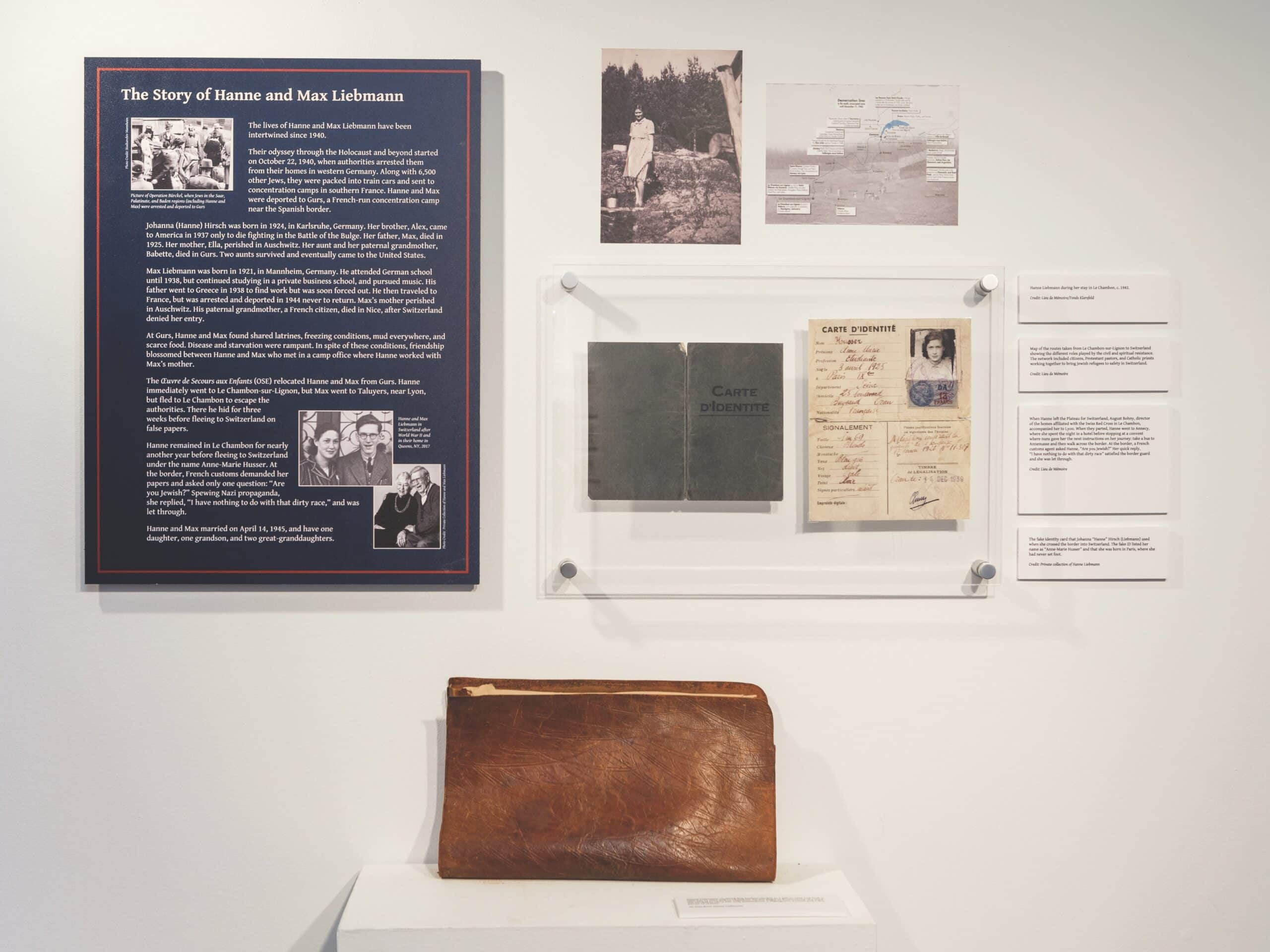
Hanne Leibmann’s satchel, which survived the Holocaust with her and is now on display at the Kupferberg Holocaust Center at Queensborough Community College CUNY | Photo by Leo Correa
“At least Evelyne’s foster mother was a very kind woman who took good care of her, and we called her every Sunday and sent her little presents whenever we could, so she would know we were always thinking about her.”
Evelyne made Hanne and Max grandparents with a son when she grew up, and they now also have two great-granddaughters.
After recovering, Max completed his education in the US, made a career in accounting, and took up his beloved music again with the help of a New York instrument dealer who sold him a cello for one hundred dollars. Max later bought a much more expensive instrument but sold it in 2016 when, after eighty years of performing, his long life worked against the pursuit of his passion. “It’s chamber music, and eventually all the people I played with were gone,” he explains.
The cello Max played in Gurs, provided by Quakers to help create a camp orchestra, was too large to flee with him—unlike Hanne’s satchel, which is her last memento of those troubled times. “I never got it out to use again because it needed a new zipper, but it’s part of me,” she says. She is proud to see that tough and treasured little bag on display at the Kupferberg Holocaust Center, where it helps tell one of the most inspiring stories of the twentieth century as part of the exhibit Conspiracy of Goodness: How French Protestants Rescued Thousands of Jews during WWII. The show will still be running in April of 2019 when Max and Hanne are due to celebrate their seventy-fourth wedding anniversary.
“We were the luckiest of people to get out of the concentration camp, and even more so that we were taken to a place like Le Chambon,” says Hanne. “Otherwise, you wouldn’t be talking to us today.”
— V —
Conspiracy of Goodness: How French Protestants Rescued Thousands of Jews during WWII will be on display at the Kupferberg Holocaust Center at Queensborough Community College in Bayside, Queens, New York, until June 2019. Visit khc.qcc.cuny.edu for more information.
Anthea Gerrie is based in the UK but travels the world in search of stories. Her special interests are architecture and design, culture, food, and drink, as well as the best places to visit in the world’s great playgrounds. She is a regular contributor to the Daily Mail, the Independent, and Blueprint.
Share This Story!
KEEP UP WITH THE LATEST STORIES FROM VIE
